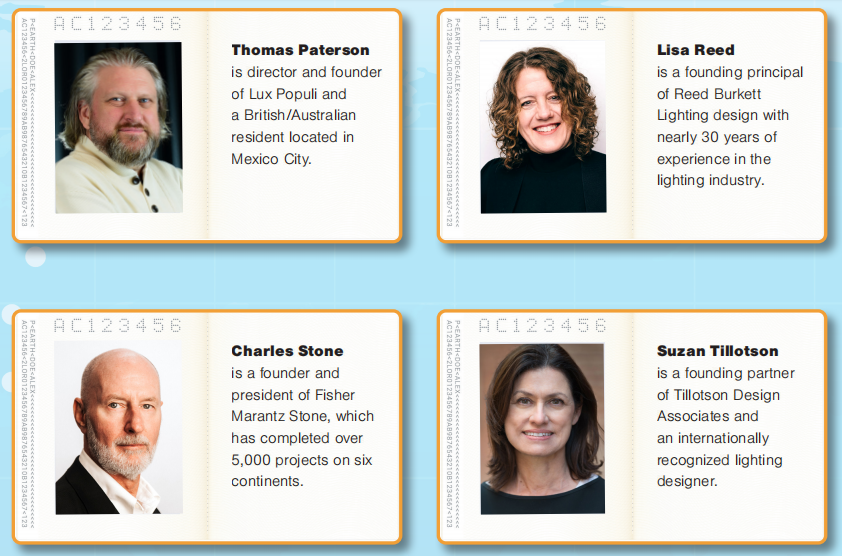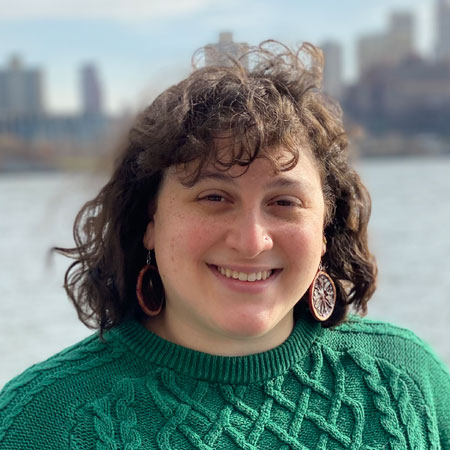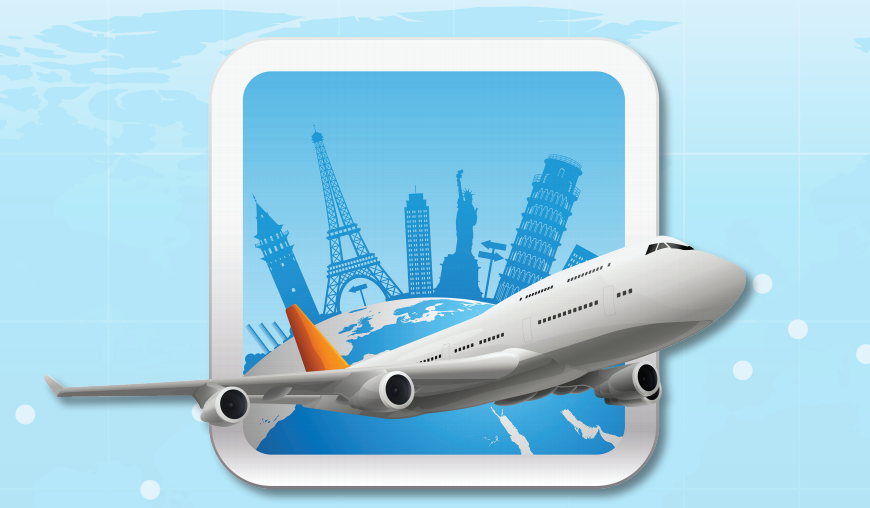Lighting design is an international art and science, so it’s only natural that many lighting designers become travelers by profession. LD+A wanted to learn more about the behind-the-scenes of working on global projects: the challenges, the perks, the reasons for doing it, and sometimes the reasons to avoid it.

Describe the potential of international work, and are there regions, or types of projects, that offer more potential?
Stone: Specific regions or project types present greater opportunities based on factors such as emerging markets, rapid urbanization or specific industry demands. The opportunity to do innovative work varies with the amount of capital available for development, as well as each client’s appetite for architectural expression.
Over the decades, we have seen different regions blossom at different times. In the ‘80s, we were constantly in London; in the ‘90s, we worked all over Asia, and that continued until the pandemic arrived. Now China has gone strangely quiet, but we are experiencing a significant upsurge in project interest in the Middle East.
Working on international design projects provides opportunities to collaborate on innovative initiatives worldwide, enabling us to significantly impact global lighting design on a broader scale.
This type of engagement starts with working in diverse regions and cultures, fostering a rich exchange of ideas and inspiration. Our overarching aim remains to contribute to transformative design and to make a lasting global impact for our clients.
Paterson: Lux Populi has some interesting challenges—we’ve always been an in-person office, but remote-project from our first project to today.
Remote projects are usually with clients who are keen to have outside perspectives. It blows me away that we get so much work in cities full of local lighting designers (Chicago, Los Angeles and New York City are no slouches in the lighting design world)—but people are coming to us because we do things differently. That means that clients are highly invested in our success, they value us and they value our presence. Not being taken for granted simply gives so much more impetus to our points of view.
I do think that we’re only a few years from a moment when we’ll have to go to a local-work-only model, trading remote work with local lighting designers. The freedom with which we all fly around the world does raise serious questions about our climate footprint, and I’m not sure that what we’re doing is sustainable. For us, it would be business suicide to drop that, but we do try to work from our office for local projects, and minimize unnecessary travel we can manage it.
Reed: For our firm, international work has been an opportunity to continue to develop existing client relationships. Our involvement in this work has almost always been the result of working with established clients who want to partner with us on projects that happen to be outside of the U.S. So, for us, the potential is all about developing relationships, as we don’t seek out international work.
International opportunities clearly represent a potential growth market for almost any U.S. business. But it is important to understand the impact of international work on your core business. For a small to medium-sized lighting design firm like ours, one strategy is to work within our already-established design and end-user partnerships. In general, the quality of the opportunity depends on each lighting design firm’s unique situation and expertise. If you have expertise in bridges and there is a new international bridge—that would be an opportunity that will offer more potential than some other project type outside your wheelhouse.
If you are venturing out into international design projects, I highly recommend contacting your local World Trade Center office for advice and resources.
Do you need a physical presence in a country before seeking work?
Paterson: I’d split that in two—if you’re opening up new territory, absolutely. We were the first independent lighting designers to be really present in Miami. It took someone being there every month for three years for people to start thinking “Lux Populi is really here”. I’ve heard our firm described by local clients as being “Miami based, or as good as” which is a success. Better if you can send a staff member though—I know we lose a lot of potential work in the United Arab Emirates where clients like to have a “representative” present. However, in our experience, if representatives are not spinning off the home office, they don’t always understand the culture of the organization.
The second option is simply to get dragged around the world by your clients—have successful collaborations with others who work around the world, and they’ll take you with them. We have projects from Gabon and Nigeria to the Philippines and Chile on that basis.
Stone: Back in the ‘90s, when we were working on the new Hong Kong Airport, my friends and clients in Hong Kong wondered if Fisher Marantz Stone would open a local office. We never did, but we went on to design the lighting for 51 subway stations and the new high-speed rail terminal in Hong Kong, towers across greater China, and the lighting of the Shanghai Bund—all from our studio in New York City.
Reed: The short answer is no, but of course it’s more complicated than that. If you are principally working in another country through an architect (or other prime design firm) then a physical office in that country is not necessarily required. However, your physical presence may be required via international travel! In recent years, the acceptance and proliferation of online meetings has reduced the need for such travel.
Our office is currently designing a project in the Bahamas, for example, and we can provide our services from our local St. Louis office just like we would for a project in Tennessee or Pennsylvania. Funny enough, there seems to be a lot more interest in attending site visits for projects in the Bahamas!
How important is it to have relationships with architects that already work internationally?
Tillotson: That’s the most important factor for us.
Stone: Relationships are everything—anywhere and at all times. And fun—it’s important to have fun always.
Reed: For us, that would be crucial. That is the only way we choose to become involved with international projects. We work with other major design players and find our niche. As lighting designers, 80% of the time we are contracted by the architect and they bring us onto the team. If we want to design lighting projects internationally, we need relationships with architects who design projects internationally. It’s the same principle as any other book of business: if we want to work on U.S. federal projects, we need relationships with architects who do government work; if we want to work on theme parks, we need relationships with architects who design theme parks.
Paterson: It’s a great vector, but by no means the only one. It’s hard work opening a new market where you don’t know anyone, and doubly so if there’s no culture of using lighting designers in that market, but it can be done.
What are some of the cultural challenges designers face?
Stone: This is my favorite question about working worldwide because it ignites my curiosity about indigenous preferences. We believe our clients choose us based on a combination of reputation, expertise, proven cultural sensitivity and understanding, and of course, value for money. Intrinsic to our working methodology is researching cultural preferences in the countries we have worked. We adjust our lighting strategies to be sensitive to cultural norms and have found, for example, that in some countries, golden light really does equate to the color of money (developers often prefer golden amber light), or the traditional Western move to illuminate the top of a tower in white light is undesirable due to its resemblance to the cap worn in a funeral procession. I suppose we have always brought a unique perspective based on our location while being sensitive to, listening to and learning about the culture on the ground.
Tillotson: Women are sometimes not allowed on Middle Eastern job sites and/or headscarves are required. Language can sometimes be a barrier.
Reed: Doing international work is a limited opportunity because of the complexity of contracts, local customs, design practices, cultural practices, etc. There are different expectations placed on designers depending on the country or region in which they are working.
Not only design practices, but also design preferences will be different in South America, Australia, Europe or Asia. In certain regions, the workers on a project may also live on site. In other places, the lack of railings or safety tie-off requirements is an unexpectedly different experience than the OSHA-monitored construction sites of the U.S.
Here is just one specific example: as designers, we need to understand the limitations (and the power) of the local contractors when it comes to holding a specification. We have designed international projects where we knew from the beginning that our specifications would only serve as a basis of design. The projects were completed by contractors who made the final decisions about what would be installed. This was simply a cultural difference between the way projects are designed and constructed in those countries as compared to work done in the U.S.
Learning local norms is not easy, but it is important to know how to dress, speak and present yourself to make clients comfortable.
Paterson: The first challenge is simply to document on an international basis with superb clarity—that translates into most markets well. Also get on sites in that market—you need to understand how buildings are built in every country. And get used to reading new energy/building/ wellness/environmental codes; it’s a skill to learn to read them, and far more useful than learning codes from repetition in your home markets.
Beyond that, I think often the glamor of being a foreigner more than compensates for any rough edges one has for not being completely fluent in a culture. As a crude colonial, my rough edges are often forgiven (with thanks to the forgivers).
I also think that simply being generous and warm to everyone is critical—they don’t need you there—if you’re not welcome, you’re not welcome. Bring positive energy and generosity, and it goes much easier!
What are some of the logistical challenges? For example, are there more or fewer restrictions related to energy codes?
Reed: One basic logistical challenge is time zones. What time do the meetings take place? If we are attending a meeting at the project’s local time, that might mean getting up at 3:00 a.m. for a conference call. Do you have staff who are willing and able to work during these hours?
Communication is a big one—there can be a language barrier, and even if you speak the language, understanding the nuances of it and knowing how to speak in technical terms can be difficult.
Project oversight is also a challenge. It isn’t as simple to do a construction site visit when international travel is required. We may make the decision to send someone from our office in St. Louis, or if we can’t go ourselves, to hire a local agent to represent us. A hired agent must be well-vetted to ensure they represent your company and your values. Even if they don’t have the same level of lighting knowledge, they can provide photos back to you.
Getting paid can be a different kind of challenge. Knowing how to do contracts in other countries requires special expertise. Work with people you trust. Know your client well. Engage an attorney if there are any questions left unanswered. Learning the local codes, customs and laws is a challenge that must absolutely be overcome to perform international work.
Stone: A more significant challenge now is designing for dark skies and well-being. Frankly, dealing with the impacts of turtles and hurricanes on lighting design in the southeast U.S. is just as challenging as meeting lighting standards outside of the U.S. I remember that in the early days of LEED, some overseas clients repeatedly told us that they were buying the LEED credits, so we need not worry about energy use. The local engineers often seemed unwilling to learn how LEED prerequisites and the ASHRAE LPD tables worked. These days the reality of LEDs and their efficiency makes meeting the energy codes less of a hardship, giving us an opening to focus on cultural light and the needs of those who inhabit it.
Tillotson: We have found the codes for our international work to be very similar—we usually use the most stringent of the energy codes. The biggest challenge we have faced is finding products that are of appropriate quality and optics that are manufactured locally—some clients require that.
Paterson: The mentality of codes varies around the world, from seeing them as guidance to living to them as absolute. One of the much harder challenges is knowing locally sourced products. It takes practice to know how to find manufacturers, reps, etc., in foreign markets. Ironically, the market I find it hardest in these days is Australia, where I cut my teeth 25 years ago!
Some reps will become your worst enemy, threatened by outsiders coming in and being independent voices to architects they call on. Others will see you as allies; we had one rep who shared our work on a project they were selling to, with dozens of architectural practices. That one round of introductions can be traced out to literally hundreds of projects.
Learn to celebrate the best of where you come from, but with humility—especially if coming from the U.S. No one wants an arrogant foreigner to come in and tell them “how to do it,” but if done with confidence and humility, “sharing a new perspective” is the value collaborators are looking for from a foreigner.


